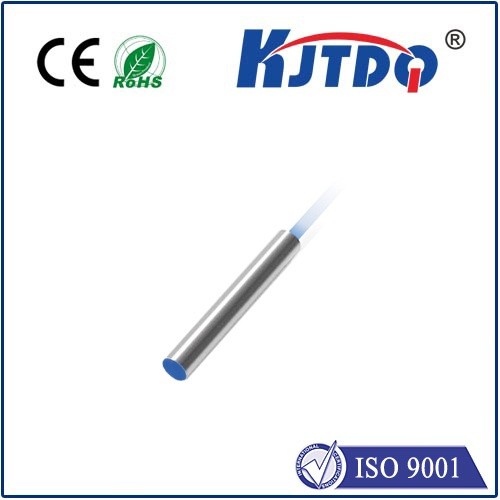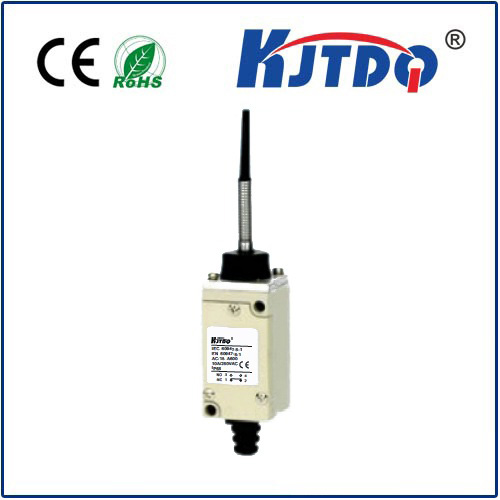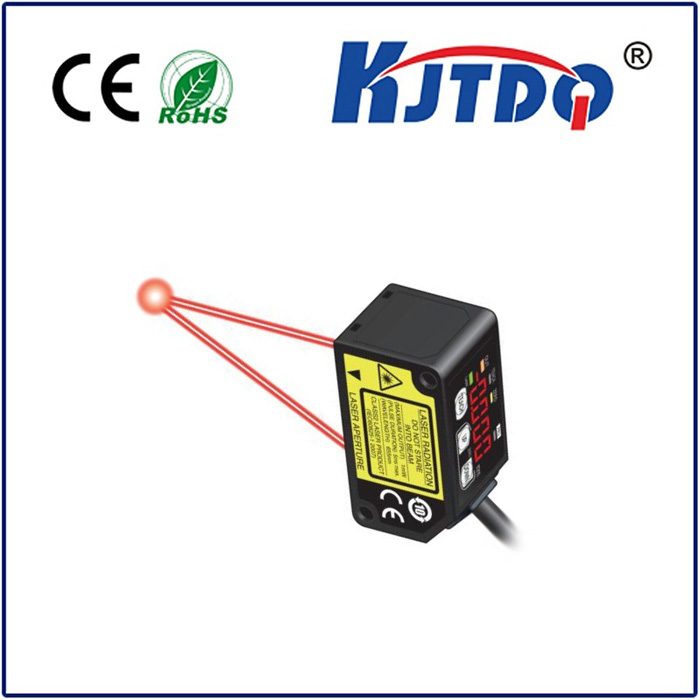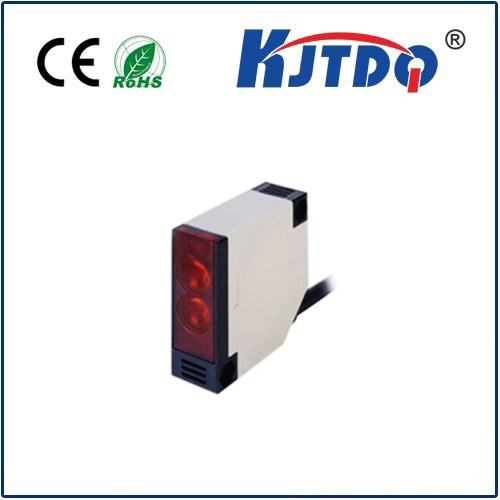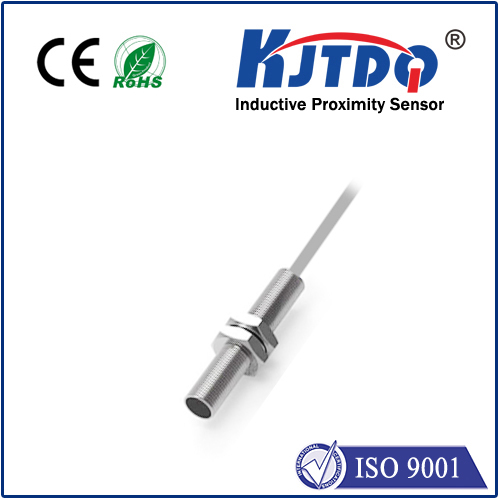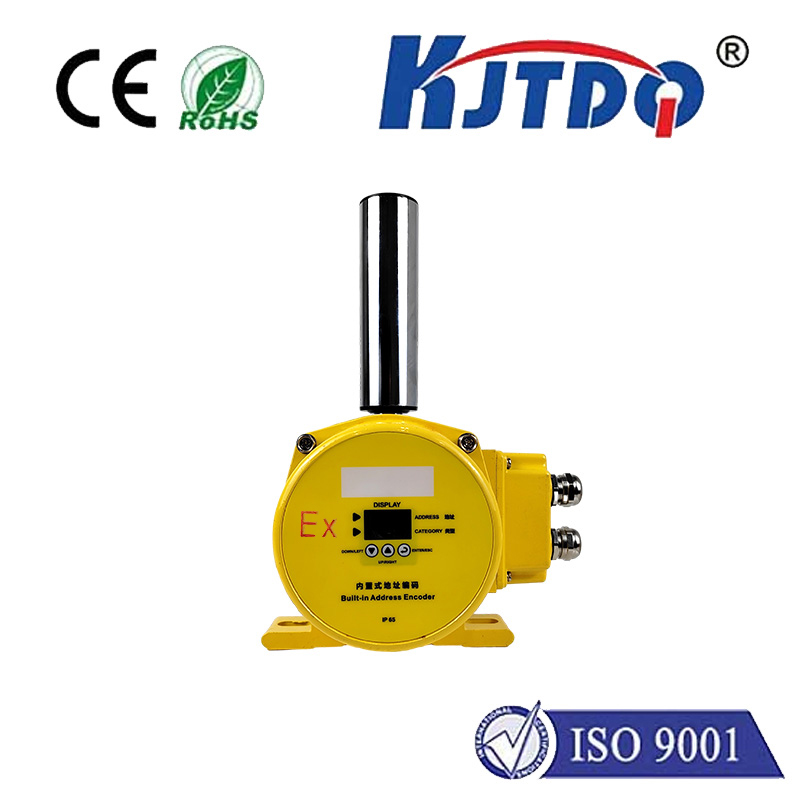intrinsically safe NAMUR proximity switches are mainly used in equipment and environments that require explosion protection, such as coal mines, petrochemicals, etc. The NAMUR signal is the most widely used intrinsically safe digital input and frequency input standard signal in the world. The earliest is the German standard (DIN19234). Later it became a European standard (EN 50227, DIN EN 60947-5-6). The NAMUR signal is a passive 2-wire system, nominal 8VDC power supply, 1mA and 3mA switching signals. NAMUR type sensors are intrinsically safe explosion-proof instruments and are usually used in conjunction with isolated safety barriers.
| ● Detect various metal objects | -- |
| ● With surge, overload, short circuit and reverse polarity protection functions |
DC 2 Wire NC |
| ● Shell material: PBT | -- |
| ● Protection grade IP66 (IEC) | -- |
| ● Ambient temperature: -25℃~+70℃ | -- |
![]()
|
Product Model |
KJT-NJ-6.5M |
| Installation method | Flush |
|
Detection distance |
1mm |
|
Working temperature |
-25℃~+70℃ |
| Specifications | D6.5-25 |
|
Operating Voltage |
6-12V DC |
| Ripples | - |
| No-load current | >2.2mA(OFF)< 1.1mA(ON) |
| Maximum load current |
<10mA |
| Voltage drop | - |
| On-off level | 150Hz |
| Hysteresis | <15(Sr) |
| Overload protection current | - |
| Short circuit protection | - |
| Repeat accuracy | <3.0%(Sr) |
| Temperature drift | <10%(Sr) |
| Response time | 0.5ms |
| Connection method | Terminal Type |
| Protection level | IP66 |
| Sensing surface material | PBT |
| Shell Material |
PBT |
| EMC | RFI>3V/M / EFT>1KV / ESD>4KV(contact) |
| Shock/Vibration | IEC 60947-5-2,Part7.4.1 / IEC 60947-5-2,Part7.4.2 |
![]()
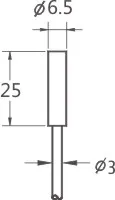
![]()
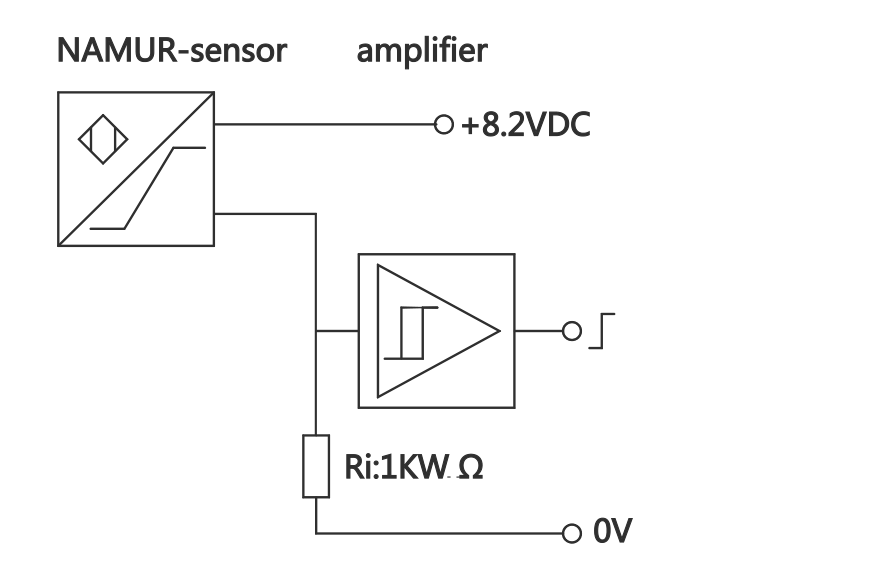
![]()

 Nanjing KJT Electric Co,.LTD
Nanjing KJT Electric Co,.LTD

